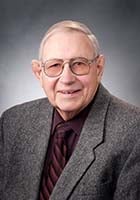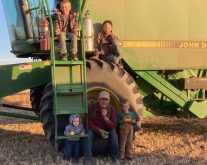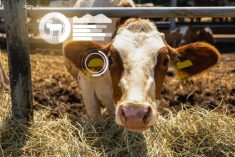Soil zones and soil organic matter (OM) content are more or less synonymous on the Canadian Prairies. Parent material and climate created certain vegetation and conditions, and the combination of the two provided the organic matter of the topsoil our forefathers broke 100 years ago.
A Brown soil with three inches of topsoil and 2.5 per cent OM will have 1,250 pounds per acre (lbs./ac.) of total N. A Thick Black soil with a foot of 7.5 per cent OM topsoil will have 15,000 lbs./ac. of total N. With numbers like that it is not hard to imagine why the Thick Black soils deliver such good crops for so many years. As a general rule of thumb, one per cent OM means 1,000 lbs./ac. of total N to a six-inch depth.
Read Also

Gentle treatments for pain in the neck
Heading toward year-end, people unknowingly tense up against the cold and busyness, causing neck pain that can often be treated with appropriate support and gentle mobility, athletic therapist Kathlyn Hossack says.
When our soils were first broken and farmed with excessive tillage and much summerfallow, the OM content dropped like a stone in the first 15 years. The decline continued at a much slower rate for decades. With the adoption of continuous cropping and zero till, OM contents are being restored. In addition to N supply, organic matter is a big part of the “glue” that holds soil mineral particles together to form a porous medium for plant growth.
SOIL ORGANISMS: SMALL BUT MIGHTY
The large quantity of N held in soil organic matter is not available to plants. It must first be converted to ammonium and nitrate forms. Soil organisms are responsible for those transformations. Of course, soil organisms are responsible for countless other processes that keep a soil productive. And, not all of the organisms are micro — some are large and we can see them at work; earthworms are one example.
For decades I dug holes in farm fields for soil survey and other research and rarely did we see an earthworm. Gardens were full of them but rarely did we see one in a field that was summerfallowed every second or third year. Now, when I am rooting around with a trowel to check seeding depth, earthworms are turned up all the time.
J.L.(Les)Henryisaformerprofessorand extensionspecialistattheUniversityof Saskatchewan.HefarmsatDundurn,Sask. Healsorecentlyfinishedasecondprintingof “Henry’sHandbookofSoilandWater,”abook thatmixesthebasicsandpracticalaspects ofsoil,fertilizersandfarming.Leswillcover theshippingandGSTforGrainewsreaders. Simplysendachequefor$50toHenry Perspectives,143TuckerCres.,Saskatoon, Sask.,S7H3H7,andhewilldispatchasigned bookpost-haste















